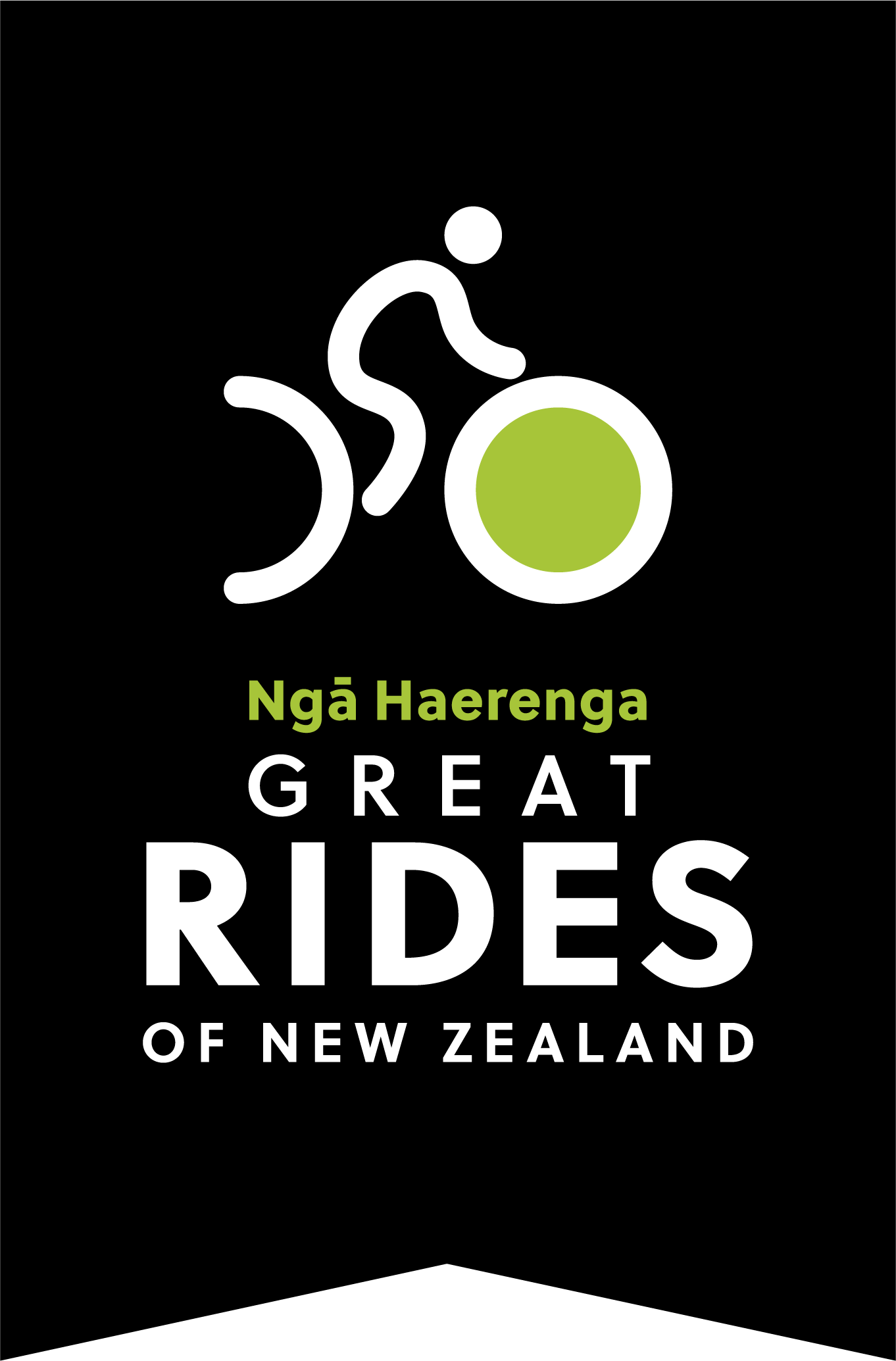The Trail
Know before you go - Cyclists Code
Trail Tips
Important Health & Safety Information
Important information for riders on the West Coast Wilderness Trail
Your safety and enjoyment on the Trail are extremely important to us so please read the following carefully.
The West Coast Wilderness Trail offers a unique experience for riders by immersing them in some of the most spectacular and beautiful landscapes that can be found anywhere in New Zealand. However even though the Trail is rated Grade 2 easy with some Grade 3 on road riding, cyclists need to be fully aware that the sections providing the most "wilderness" experience are remote and require good planning and preparation to be ridden with full enjoyment and safety.
Please do not overestimate the fitness and capabilities of yourself or other group members. Taking on more than one section of 30-35 km in a day should only be attempted by fit and experienced riders. Especially in the middle sections of the trail it is strongly advised that you begin early in the day. Plan to be out on the trail in the sections between Hokitika and Kumara by 9.30 at the latest.
A buddy system should be put in place.
Make sure someone is aware of your intentions and that they are alerted when you have reached your end of day destination especially when the weather is inclement.
Riders should stay together always.
The same as for a hiking group, the pace should be determined by the speed of the slowest rider.
Plan to rendezvous at certain points.
Plan to be self-sufficient and capable of dealing with any enforced stop whether it be caused by a mechanical breakdown or an injury.
Be prepared for all weathers.
Cell phone coverage is not available in some area of the trail. The most significant is from just south of Kumara through the Kawhaka Pass to Lake Kaniere.
What to take
Essential "What to Take" Checklist
Map of Trail (Download here)
Bike repair kit
Water
Snacks
Dress for all seasons in a day
Rain jacket
Sand fly repellent
Sunscreen
First aid kit
Shuttle phone number
Camera
Cellphone
Cash
About grading
The New Zealand Cycle Trail grading system aligns with the approach taken by both the Department of Conservation and Mountain Biking New Zealand.
Trails are all graded on a scale of 1-5, with Grade 1 being the easiest and Grade 5 being for expert cyclists.
The West Coast Wilderness Trail is a Grade 2 (easy) ride with some Grade 3 on-road (intermediate) sections.
Easy Trails are described as being "predictable". They deliver no surprises and are mostly flat with some gentle climbs. The surface is firm gravel and the trail is wider enough for two people to cycle side-by-side at times. Grade 2 trails that utilise existing roads generally follow quiet roads with little traffic. Easy Trails are suitable for beginners, occasional cyclists and families with limited cycling experience. A multi-geared bike with medium to wide tyres is recommended, such as a comfort bike, touring bike or mountain bike.
Intermediate trails can be more narrow and may include hill climbs and small river crossings. The trail surface is mostly firm, but may include muddy or loose sections. On–road trails have moderate traffic levels of up to 1,000 vehicles per day. Grade 3 trails are most suitable for regular cyclists with a good level of fitness and for children over the age of 12. Younger children should be accompanied by an adult. A mountain bike is recommended.
The section between Kumara and Milltown is more challenging than the rest of the ride because of the incline between these locations. The climb is easily managed by people with a reasonable level of fitness. Don't forget that a short walk is an alternative to riding and also offers a great chance to enjoy the views.
Cyclist's Code
Respect others
Stay in control, so you can safely avoid other users and keep yourself intact.
Give way to walkers and you will help foster a positive attitude towards bikers.
Use a bell or friendly greeting when approaching other users, to let them know you're there.
Ride shared-use tracks in small groups (6-8 or less) so as not to displace other users.
Be patient behind slower riders and pull over where practical to let faster riders pass.
Courtesy works – a wave and a smile to other trail users fosters a positive attitude to cyclists.
Respect the rules
Ride only where permitted – keep off closed tracks, including those that are seasonally closed to protect the surface or minimise conflict with other users.
Be prepared (take food, water, tools, first aid and warm clothes) and plan for the unexpected (a change in the weather, an accident or getting lost).
Respect the track
Don't skid, cut corners or make new lines. Skidding creates water channels that cause erosion (use both brakes to slow down as you approach corners). Cutting corners damages fragile ecosystems.
Take your rubbish home - leave only tyre prints.
Clean your bike to prevent spreading weeds.
